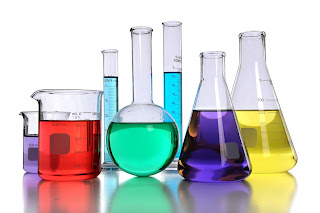 |
| Every laboratory will have its own unique set of maintenance, service and calibration requirements. |
Labs commonly have an extensive array of equipment, some used regularly, some infrequently. Keeping up with the calibration, certification, service, cleaning, and maintenance of all that equipment requires diligence and commitment. Even though equipment may be operating, that is no assurance that the performance of the instrument or machine is at a level adequate for whatever task is to be done. Running or using your gear until it breaks down should not be part of your maintenance and service scheduling plan.
Some equipment, such as a cold room or labware washer, can be quite forgiving of your neglect. They will, though, stop working at some point unless given at least minimal attention. Other equipment items, a biological safety cabinet being an example, provide levels of operator safety. Their service schedule requirements are stringent.
In every case, neglecting the recommended or required scheduled service is akin to gambling. The potential for equipment breakdown or improper operation increases as the level or care and maintenance falls below the minimum requirement. The increased degree of risk may initially be very small, but can increase quickly with continued neglect.
Keeping everything up to date is a challenge. Your commitment can start with some simple organizational steps.
- Systematically assemble the care and maintenance requirements for every item of equipment. Having all the information in a single place can be helpful.
- Determine what service tasks are appropriate for the lab staff. Some maintenance items are simple and can be easily accomplished by the people working in the lab.
- What tasks require special tools or equipment not on hand? These operations will require outsourcing or acquisition of needed tools and training for inhouse technicians.
- If outside resources are needed for tasks, assemble information on the vendors or sources of what is needed.
- Develop a master schedule, using a tool that supports any required record keeping and other tasks associated with getting the service done on a continuing basis. This is a task ripe for automation, saving human resources for use in accomplishing the real mission of the lab.
It may be advantageous to outsource all, or at least a large amount, of the responsibility for service, calibration, and maintenance to a qualified vendor. This would reduce the work burden on the lab staff to that of supervision and coordination. Reducing the number of different vendors entering the lab space and the frequency of service visits could also be accomplished by consolidating the work under a single or small number of vendors.
Share your laboratory equipment challenges with experienced professionals, leveraging your own knowledge and experience with their expertise to develop an effective solution.
No comments :
Post a Comment